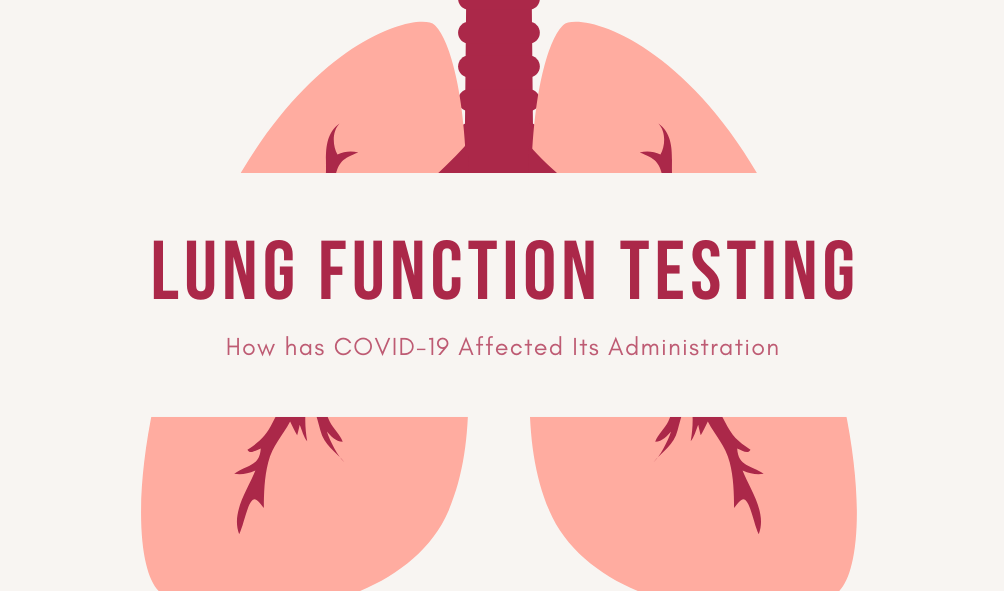Editor’s note – This is an opinion piece about patient safety errors that healthcare staff need to avoid.
By Katherine Rundell (Medical Writer)
Patient safety outcomes should be the first priority in healthcare facilities. Unfortunately, many mistakes such as medication errors, patient mix ups, and data management failures lead to deaths and prolonged illness in patients every year – but with vigilance and proper systems in place, many of these errors can be avoided. The first step is education, so read on to discover the five safety mistakes healthcare staff need to avoid.
Medication Errors
Providing patients with the wrong medication can have catastrophic consequences, and yet this is a common mistake in healthcare facilities with the World Health Organization (WHO) estimating medication error causes at least one death every day. Medication mix ups are easy when clinicians are overworked, providing countless patients with complex cocktails of medication each day.
Medication errors include mixing up patients to provide the wrong medication completely or errors in dosage that stem from mathematical mistakes. Eliminating medication errors can be taken on systematically by providing a medication safety officer to oversee your medication procedures.
HAI (Hospital Acquired Infection)
When people are suffering they turn to hospitals and healthcare facilities for help – yet too many people are acquiring new medical issues in hospitals when they should be recuperating. Hospital acquired infection includes a range of issues such as superbugs bred and strengthened in the hospital environment, pneumonia and bloodstream infections. Because hospitals provide a hub for various ailments, these can spread between patients if healthcare staff aren’t cautious.
Personal protective equipment (PPE) and staff hygiene protocol is essential in the protection of patients from HAI. Nurses and other staff should have a post-patient procedure which makes it safe for them to move on to new patients without the risk of infecting them.
Patient Mix Ups
Treating the wrong patient is a common safety mistake in healthcare facilities and one that’s entirely down to human error. Errors in treating the right patient extend beyond mismedicating. Because multiple staff members will be treating patients at any one time, it’s easy for wires to be crossed when staff communicate about patients, resulting in tests being applied to the wrong patient, treatments to be misapplied and even discharge to take place accidentally.
Eliminating patient mix ups is something every healthcare facility can achieve by putting rigorous systems in place and ensuring staff are adequately trained and supported. Cross referencing patient names with date of birth before any action is taken provides a double lock on patient treatment.
Pressure Ulcers
There are a wide range of reasons why an inpatient’s mobility may be compromised, from broken bones to induced comas. The dangers of immobility for patients are surprisingly profound and it’s easy for medical staff to overlook mobility as a priority in a patient’s treatment. Pressure ulcers are a common occurrence when immobility is combined with poor nutrition, and the development of ulcers dramatically increases the chance of contracting further infection.
A patient mobility programme should be set in place ensuring that immobile patients are regularly turned, relieving pressure from any one spot. On top of this practice nurses should be trained to assess for the developing stages of ulcers and be empowered to intervene where necessary.
Data Management Failures
Properly implemented data management systems can lead to improved health outcomes in healthcare facilities. The amount of data generated in such facilities can lead to insights resulting in improved rates of recovery, if data analytics are properly applied. Problematic data management systems are a common mistake that can severely compromise patient safety in healthcare facilities.
Data management issues can stem from a lack of analytic insight to more mundane problems of data entry. The misprocessing of patient data can lead to clinicians lacking the necessary information to provide proper treatment. Data entry in healthcare facilities is a vital component of care and it’s important for healthcare facilities to build administrative systems which are intuitive and enable their staff to collect and store data appropriately.
Checking Out
Healthcare facilities face diverse challenges when providing patient care and staff errors can be costly both in terms of patient outcomes and the bottom line. Eliminating these staff errors as much as possible will enable healthcare facilities to be profitable and safe for patients.
 Katherine Rundell is a medical writer at Essay Writing Services and Academized.com. She has been published in the Lancet and BMJ, and is interested in how healthcare is provided in a changing landscape. She is also a proofreader at State Of Writing.
Katherine Rundell is a medical writer at Essay Writing Services and Academized.com. She has been published in the Lancet and BMJ, and is interested in how healthcare is provided in a changing landscape. She is also a proofreader at State Of Writing.








